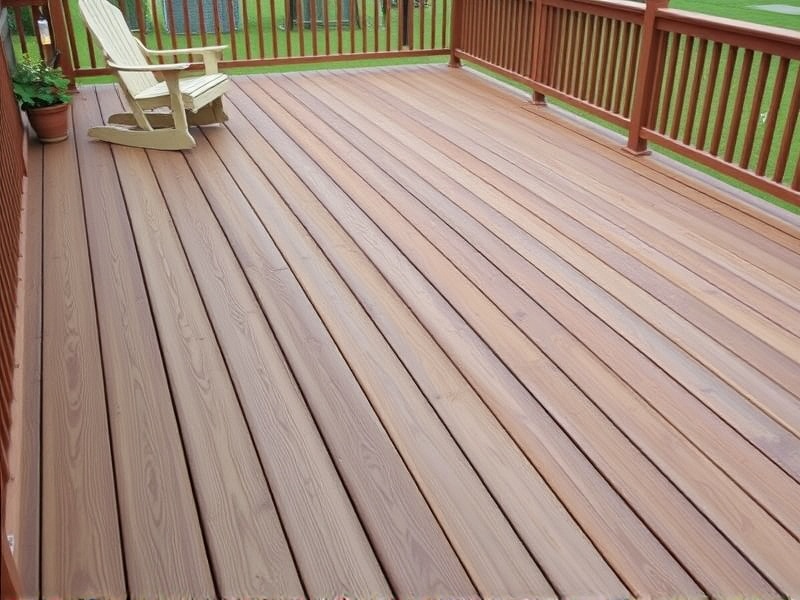Our Location
304 North Cardinal St.
Dorchester Center, MA 02124

When considering the construction of a new deck, one of the primary concerns for homeowners is the cost. Composite decking, which is made from a mix of plastic and wood fibers, often comes with a higher initial price tag compared to traditional wood. According to a study by HomeAdvisor, the average cost of installing a composite deck is around $30 to $45 per square foot, while pressure-treated wood can range from $15 to $25 per square foot (HomeAdvisor). However, the cost difference may be offset by factors such as longevity and reduced maintenance requirements.
Maintenance is a critical factor in comparing composite decking costs vs wood. Wood decks require regular staining or painting to protect against moisture and decay, which can add up over time. In contrast, composite materials are more resistant to moisture, fading, and stains, requiring less frequent upkeep. A report by The Spruce notes that while wood decks might need refinishing every two to three years, composite decks only require occasional cleaning with soap and water (The Spruce).
In terms of durability, composite decking offers several advantages over wood. Composite materials are less susceptible to rot, insect damage, and warping, which means they can last longer than their wooden counterparts. This increased durability can translate into significant long-term savings. According to Bob Vila, composite decking can last up to 25 years with minimal maintenance, whereas wood decks typically last between 10 to 20 years depending on how well they are maintained (Bob Vila).
Both composite and wood decking offer unique aesthetic qualities. Wood decks provide a natural, organic look that many homeowners find appealing. However, composite decking has evolved significantly in recent years, offering a wide variety of colors and textures that mimic the appearance of natural wood without the need for ongoing maintenance. For instance, Trex, a leading manufacturer of composite decking, offers products that closely resemble the look of cedar, redwood, and other popular woods (Trex).
To illustrate these points, consider a homeowner who decides to build a 200-square-foot deck. If they opt for wood at $20 per square foot, the initial cost would be $4,000. If they choose composite at $35 per square foot, the cost would be $7,000. Over a 20-year period, assuming an annual maintenance cost of $200 for wood and $50 for composite, the total cost for wood would be approximately $8,000, while for composite it would be $7,000. This example shows that while composite decking has a higher initial investment, its lower maintenance costs can make it a more economical choice in the long run.
Experts in home improvement and construction weigh in on the benefits of each material. According to the National Association of Home Builders (NAHB), composite decking provides a low-maintenance alternative to wood that is also environmentally friendly, making it an attractive option for those looking for sustainable building solutions (NAHB).
Choosing between composite and wood decking involves weighing multiple factors including initial costs, maintenance expenses, durability, and aesthetic appeal. While wood offers a natural look and potentially lower upfront costs, composite decking provides long-term savings through reduced maintenance and increased durability. Ultimately, the decision depends on individual preferences, budget constraints, and long-term goals.